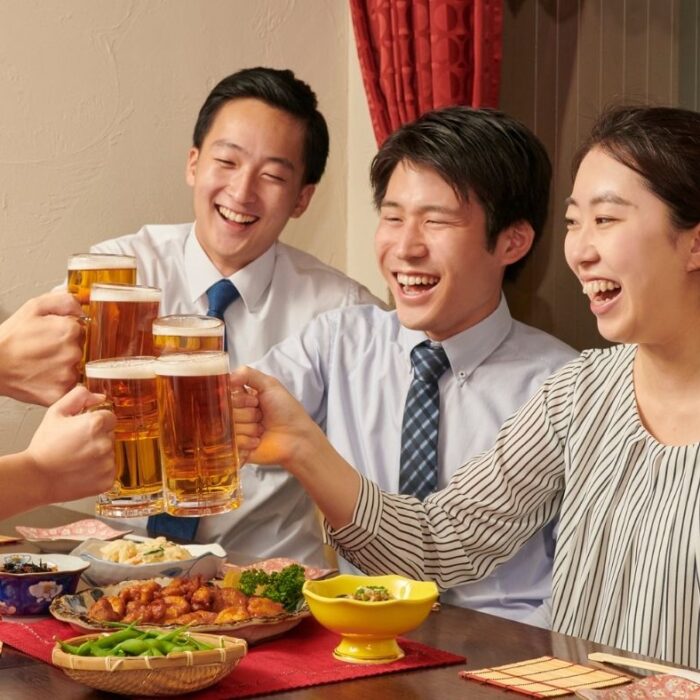
忘年会| How Japan Ends the Year in the Unique Way
Bonenkai explained in simple English. Learn about Japan’s year-end parties, food, drinking culture, and how people end the year...
Bonenkai explained in simple English. Learn about Japan’s year-end parties, food, drinking culture, and how people end the year...
Japanese grammar made simple: learn ~方 and 方法 to express ways of doing, with examples, explanations, and common mistakes.
Meeting my Japanese students in person for the first time! Sharing food, laughter, and unforgettable moments at a yakitori...
Learn how to use 〜か and 〜かどうか in Japanese to express “whether” or “whether or not,” with clear explanations,...
Kisei is the Japanese tradition of returning home for holidays. Learn when it happens and how it impacts travel...
Learn how to introduce things in Japanese using the pattern Name という Item, with clear explanations, examples, and tips...
Discover Japan’s winter illuminations in Harajuku, Shinjuku, and Shibuya, including the famous Blue Cave. A cozy look at seasonal...
Learn the difference between 見える・見られる and 聞こえる・聞ける with clear explanations and examples to use “can see” and “can hear”...
My personal recap of autumn leaves, Shibuya’s Blue Cave illumination, a Stranger Things pop-up, and halal wagyu ramen in...
🌟Now Only!! Free Trial lesson🌟